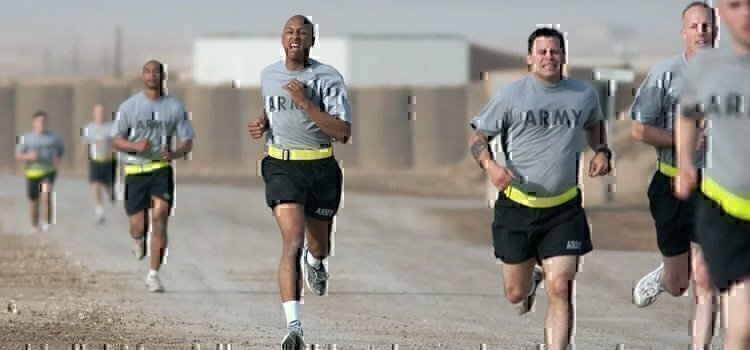So you used to be a lean, mean fighting machine and now? Well, now you kind of have a dad bod. The good news is, you’re far from the only one. It’s extremely common for veterans to put on weight after leaving the military, so it’s nothing to feel embarrassed about. Here’s why it’s so common to fall out of shape after resuming civilian life, and how to use the skills you learned in service to get back on track.
Warriors are athletes
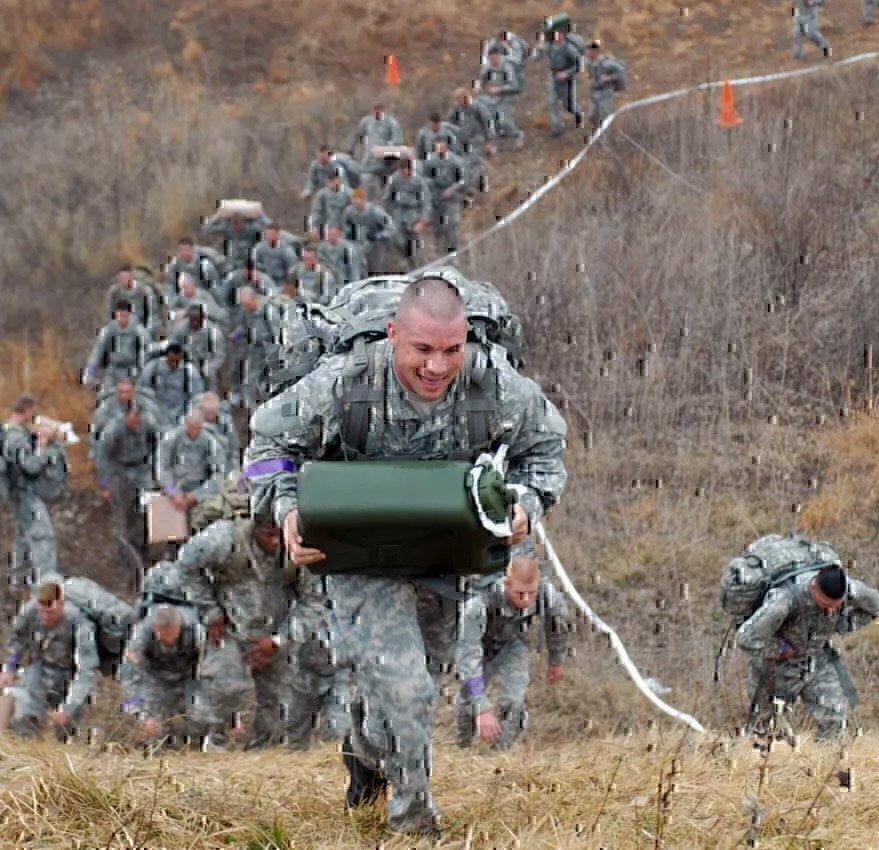
In the military, you don’t choose what you eat
It seems obvious, but there is no all you can eat buffet in combat. While soldiers are supposed to get three solid meals per day, with at least one hot meal prepared consistently, there are no guarantees on the battlefield. At times, days may pass before soldiers can get their hands on a hearty meal.
Just as they don’t choose how often (or how much) they eat, a soldier doesn’t get to dictate how often or how hard they work out. Sure, plenty of soldiers opt to lift weights on their own, but in many military disciplines, more focus is placed on endurance and speed. They learn to move quickly and stay on their feet as long as necessary. It’s not easy, but a non-stop routine like that can whip almost anyone into amazing shape. Stay in the military, and it will keep you that way. Once you leave, it’s a totally different story.
Why athletes put on weight when they retire
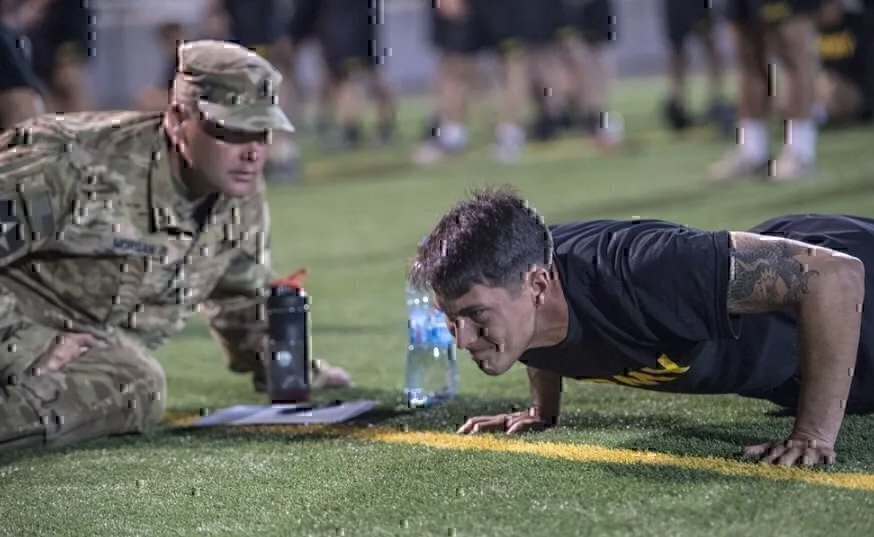
Take a look at the average Olympian a couple of years after they call it quits. A quick Google search will turn up plenty of examples; a pudgy gymnast is like tabloid paradise! People loooove to point and stare at once-ripped athletes who are now rocking baggy sweats and a few extra pounds, but let’s get real: ANYONE who is going from an intense training program and rigid eating regimen to an average lifestyle will lose tone and put on weight.
It’s not shameful. It’s science.
Seriously, even if you’ve put on 15 pounds (or 50), there’s nothing to feel bad about. When you get off a strict diet and exercise less, it’s NORMAL to gain weight. Athletes also are accustomed to consuming more calories at once to fuel their intense workouts. When the pace of the workouts slow down, and calorie intake doesn’t, weight gain is the result- and developing new eating habits takes time!
That said, whether you’re uncomfortable with your new shape or just want to feel like the warrior you still are inside, getting back on track is 100% doable, with a small dose of realism.
Train (and Eat) for your new lifestyle
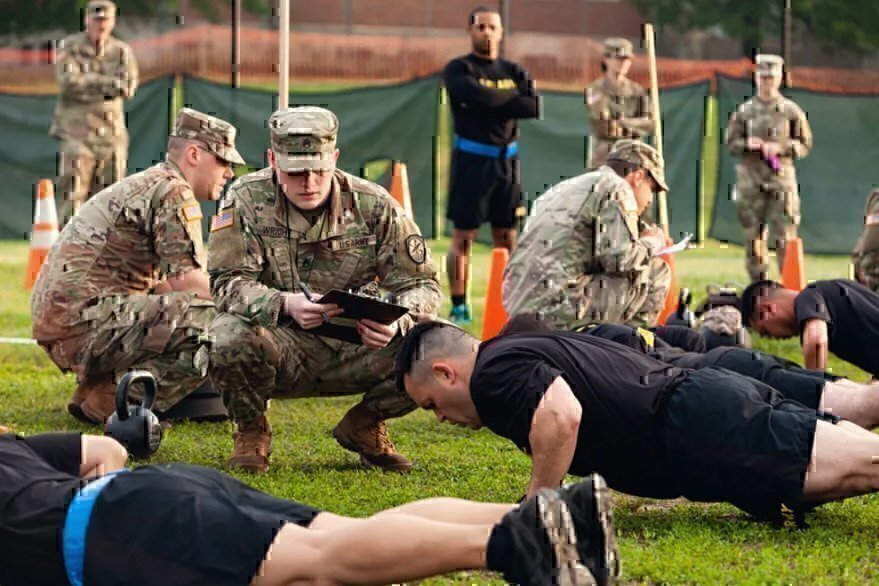
Before you revamp (or restart) a fitness and nutrition program, reassess your goals. Expecting to hit the gym multiple times per day and return to the level of fitness you hit while on active duty isn’t realistic for most people. Moreover, it’s unnecessary. Unless you need to be able to run tens of miles in a single day and do it again the next on a single hour of sleep, trying to reach your peak level of fitness is probably overkill.
Instead, consider your current lifestyle and choose goals to match. Hitting the gym or track four-six times per week and eating a diet low in refined sugar and unhealthy fats will probably be enough to get you back in your favorite jeans and feeling strong. That said, your personal path to success is unique. Start by setting reasonable goals, and build a fitness and nutrition plan to match.
Already working out with no results? Check for three common mistakes
Eating Empty Calories
When your activity levels are through the roof, worrying about counting every calorie is the last thing on your mind. When you’re adapting to a lifestyle that has room for more than fitness, pay attention to eating habits that pile on unnecessary calories. A daily soft drink, sugary coffee, or even a sports drink can add calories that aren’t doing much for you. Save those indulgences for once-in-awhile treats, not daily snacks.
Overblown Portion Size
Remember, you were a serious athlete when you were on active duty, and serious athletes need serious calories! You can still be an athlete, but if you’re not training as heavily as you were, your portions do not need to be as large. Even if you’re choosing healthy foods, make sure your portion sizes are balanced. Go easy on things like meat, cheese, nuts, avocado, and fruit. They’re super healthy for you, but they’re also high in calories. Keep eating them, by all means! Just not too much.
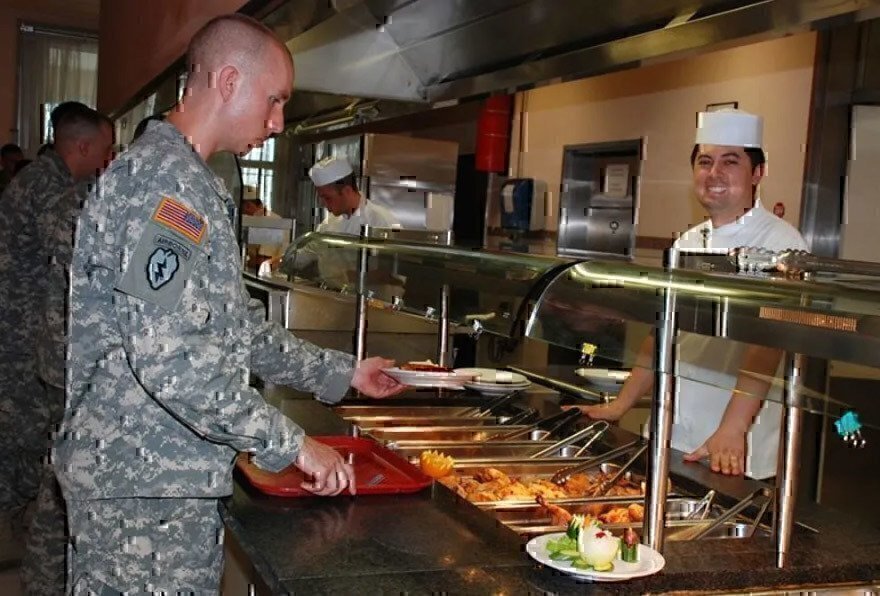
Overtraining
Last but not least, don’t overtrain. Veterans are used to pushing themselves to the limits, but it’s better to think of a new training program as a marathon rather than a sprint. Pushing yourself too hard, too fast will lead to burnout, so listen to your body. It’s normal to be sore, but if you’re going down the stairs sideways for weeks, take it easy!
You are still a warrior, but now you’re a warrior who’s repertoire includes doing laundry, taking the kids camping, and being home for a family dinner. The new battlefield to conquer is balance. Find that, and you’ll be on your way to hitting fitness goals you can maintain for life.
This article originally appeared on We Are The Mighty

